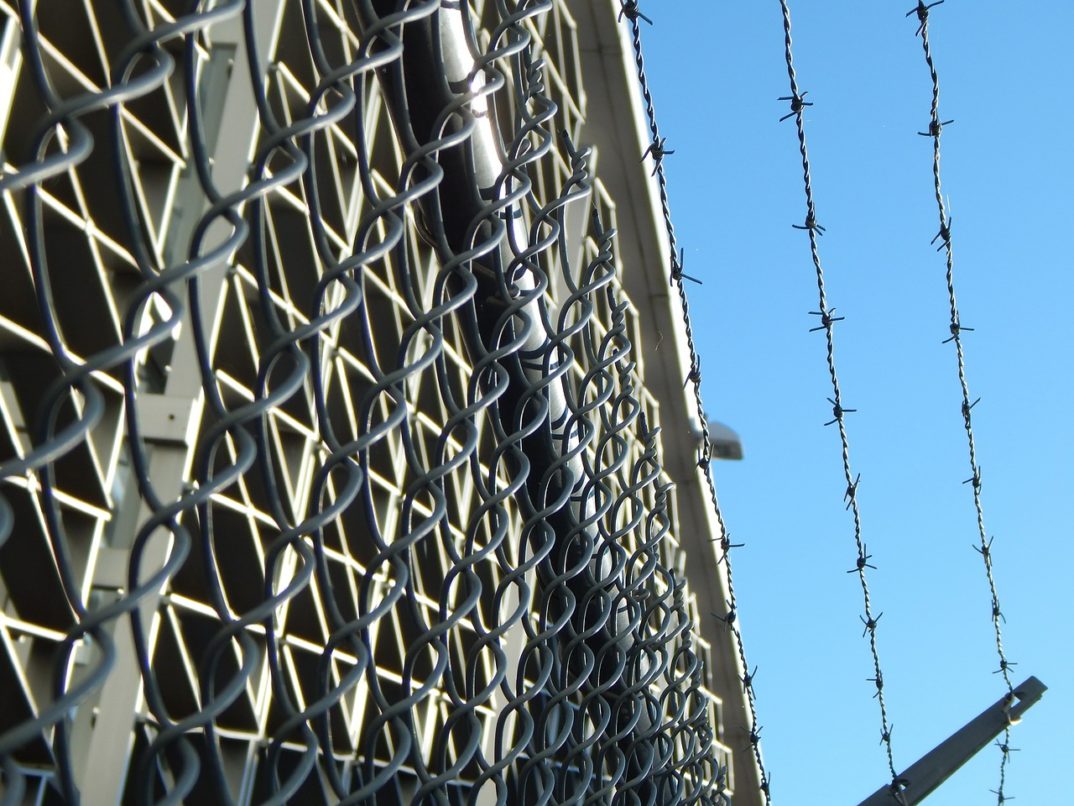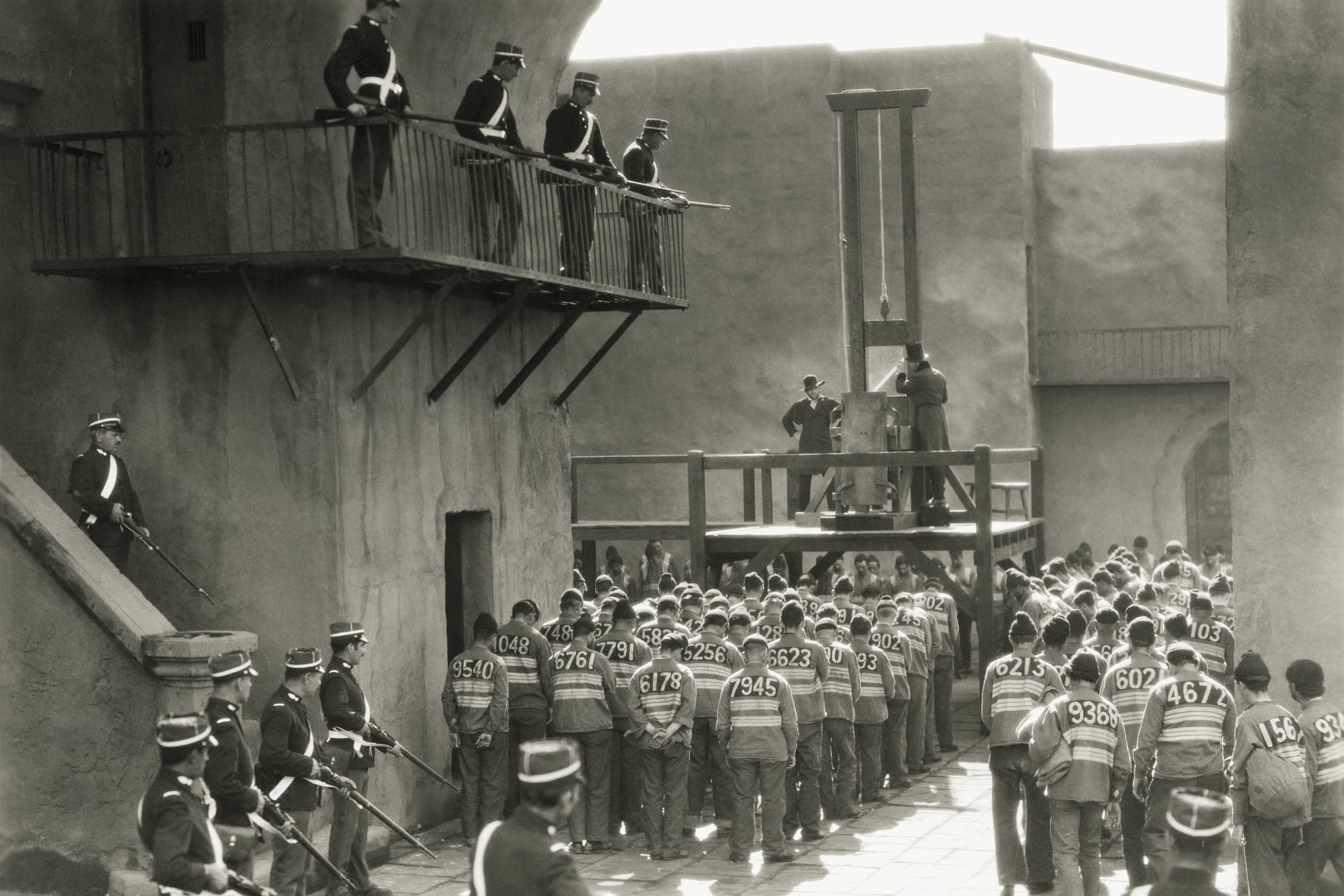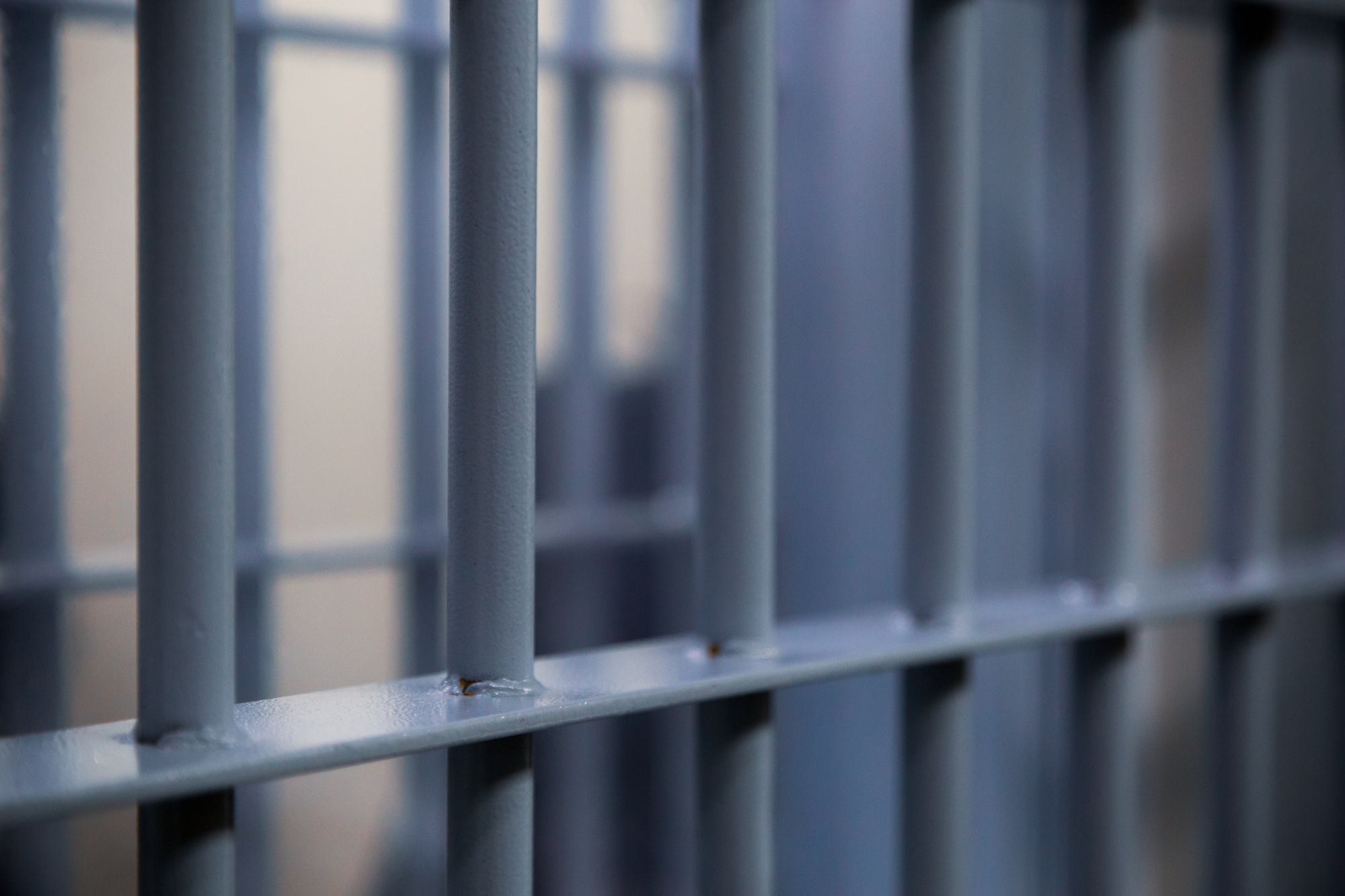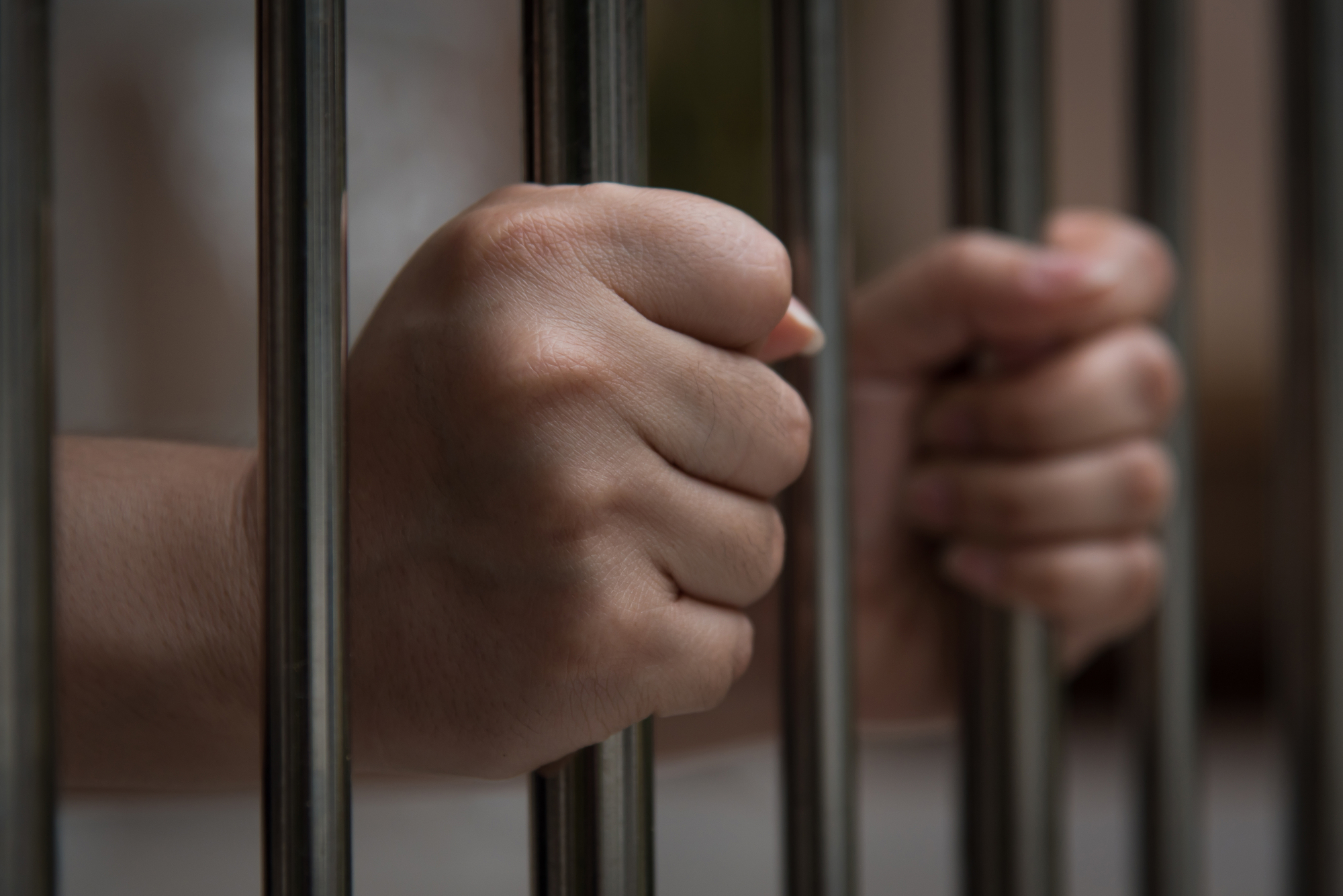Does America Believe in Rehabilitation for the Incarcerated?
Michelle Jones wasn’t the only applicant to be rejected from Harvard University this year. However, hers is in many ways a special case. While she was initially accepted by the history department of Harvard’s Graduate School of Arts and Sciences, her acceptance was ultimately overturned by Harvard’s administration. This move was in connection to the most interesting part of her case: Ms. Jones was only released in August of this year from the Indiana Women’s Prison after serving 20 years of a 50-year sentence for homicide. Although the legal system considered her sentence to be served in full, Harvard University—an elite academic institution—considered her past conviction as grounds for rejection. What does this say about the notion of reform and rehabilitation in the United States?
Michelle Jones began her work as a historian while in the Indiana Women’s Prison under the instruction of volunteer Kelsey Kauffman, a former professor at DePauw University. In 2014, Ms. Jones became a published scholar, presenting a paper in the Journal of the Indiana Academy of the Social Sciences. She applied to Harvard in advance of her release and was called “one of the strongest candidates in the country last year, period,” by Harvard historian Elizabeth Hinton. Harvard’s history department accepted her for its Ph.D. program, but, as Eli Hager reported in a joint feature for The Marshall Project and The New York Times, her admission decision was reversed by top Harvard administrators.
The decision to reject Jones has been met with mixed responses. Some have questioned the reasoning behind Harvard’s decision. Internal memos discussed in Hager’s article indicate that it was not Jones’s crime itself, but rather the way she addressed it in her application that was problematic. Jones’s former teacher, Kelsey Kauffman, questioned this in an interview with The Prindle Post, arguing “nowhere in the application did it ask anything about whether she’d ever been convicted of anything, so everything that she put in there goes above and beyond…She chose to address the issue.” Jones herself echoed this sentiment in an interview with The Marshall Project.
Others have questioned Harvard’s commitment to diversity. In an article for Vox, Crystal Marie Fleming compared Jones’s experience with her own as a student at Harvard, arguing that this was not an isolated incident, but rather evidence of “the school’s commitment to maintaining racial, gender, and class order.” The problem of exclusion, important under ordinary circumstances, is made more significant by Harvard’s position as a leading academic institution: a minority individual with a difficult upbringing—not to mention a twenty-year prison sentence—would certainly have been a unique voice at Harvard. Jones’s unique voice will still be heard this semester at New York University, and some, including Harvard students like Ph. D. candidate Amanda Klonsky, see the loss as more Harvard’s than Jones’. Kauffman agrees: “Harvard itself missed out by not having the advantage of hearing an incredibly brilliant mind on the issue of mass incarceration, which Michelle knows better than almost anyone in the country.”
One New York Post writer, Naomi Schaefer Riley, defended Harvard’s diversity initiatives, emphasizing Jones’s conviction of a violent crime over her background: “There are, after all, plenty of deserving minority students to fill the university’s freshman class and its graduate universities without admitting people convicted of violent crimes.” For Riley, there is a significant difference between inclusion which welcomes minorities and people from difficult upbringings and inclusion which involves people who have been incarcerated. There are a few arguments for the exclusion of formerly incarcerated people. It could be seen as a continuation of the initial punitive measure, but Diane Marger Moore, the prosecutor who originally worked to convict Jones, argued that a sentence, once served, should be sufficient punishment. “I’m the prosecutor, not them. Michelle Jones served her time, and she served a long time, exactly what she deserved. A sentence is a sentence.”
There is also the potential for people convicted of violent crimes to commit further violence. This concern is certainly reasonable, but the context of Jones’s crime should not be forgotten: abused and subjected to non-consensual sex at the age of 14, the circumstances were at the very least dramatically different from her current state. Kauffman also noted that the violent past of other groups, such as veterans, is not generally taken into account in admissions decisions. From a statistical standpoint, one study found that about 20 percent of soldiers under 30 had a conviction for a violent crime, compared with 33 percent of released violent offenders in a study across 30 states in 2005. While more data is necessary for a full understanding of this comparison, the potential for violence alone does not seem to be the compelling issue for universities.
To what extent is it possible for someone convicted of a crime to return to society? Should such rehabilitation even be a possibility? Liberal academic institutions such as Harvard tend to support rehabilitative efforts, both for humanitarian reasons and for the benefit to society of converting former prisoners into productive and well-adjusted citizens. But as Kauffman argues, the current system puts up “unbelievable barriers,” called collateral consequences, to the reintegration of former prisoners. “We really set the whole system up to have people fail,” said Kauffman, contributing to high recidivism rates.
As an alternative, Kauffman emphasizes the importance of education: “There are a lot of Michelle Joneses out there…Having college and pre-college programs is the least we can do.” Liam Byrnes, a student at DePauw University who has taught pre-college classes at Indiana Women’s Prison, also spoke highly of the ability of education to improve the condition of incarcerated people: “the vast majority of the students I worked with there were just people who generally had lived fine and decent lives and gotten themselves in one bad situation or made one bad mistake and were looking to rectify that mistake, do their time, and get back to being positive contributors to society.”
In a piece for Time, Belinda Luscombe emphasized the need for forgiveness in cases like Jones’. “We should forgive Jones because continuing to punish a woman for something heinous she did while a teenager will not help that woman’s murdered child in any way.” In other words, only by opening a path to rehabilitation can improvements be made going forward. “The U.S. has approximately 2.2 million people incarcerated right now…If we’re going to have this perspective that no one can be rehabilitated,” said Byrnes, “that puts us in a pretty hopeless situation for the state of our present system, the state of society as a whole, and, I think, just how we treat each other as human beings. I think you have to have some level of hope in the idea of rehabilitation and forgiveness.”





